Aloe maculata All.
XanthorrhoeaceaePitas o piteras y magueys eran plantas recogidas bajo la misma denominación de aloe americana en la época de los primeros españoles en América, los cronistas de Indias del siglo XVI, quizá para diferenciarlas de otros áloes ya conocidos como este aloe saponaria. La palabra saponaria se refiere al jugo resinoso y aromático apto para diferentes usos que como otros áloes contiene la pita real. El origen de la variante saponaria es sudafricano y, antes de la gran clasificación botánica que hizo el naturalista Linneo (1707-1778), esta planta fue llamada de hecho por algunos naturalistas como aloe africana. En Sudáfrica, la población nativa zulú, y posteriormente los colonos europeos, holandeses e ingleses, usaban una infusión fría de las hojas de esta planta para combatir la enteritis y la indigestión. La introducción de la pita real en Europa quizá se deba al colonialismo holandés en la región. En 1688 un importante botánico, que curiosamente también era pintor, Henrik Bernard Oldenland, llega a la ciudad de El Cabo al servicio de la Compañía Holandesa de las Indias Orientales. Entre sus funciones de intendencia, Oldenland se encargó del jardín que en esa ciudad poseía la Compañía. Allí plantó áloes como la pita real que desde ahí alcanzarían Europa a lo largo del siglo XVIII.
Procedencia
AfricanoCalendario
Hábitat
Morfología
 Planta
Planta
 Extendida
Extendida
 Simple
Simple
 Lanceolada
Lanceolada
 Otras disposiciones
Otras disposiciones
 Dentado
Dentado
 Aristado
Aristado
 Perenne
Perenne
